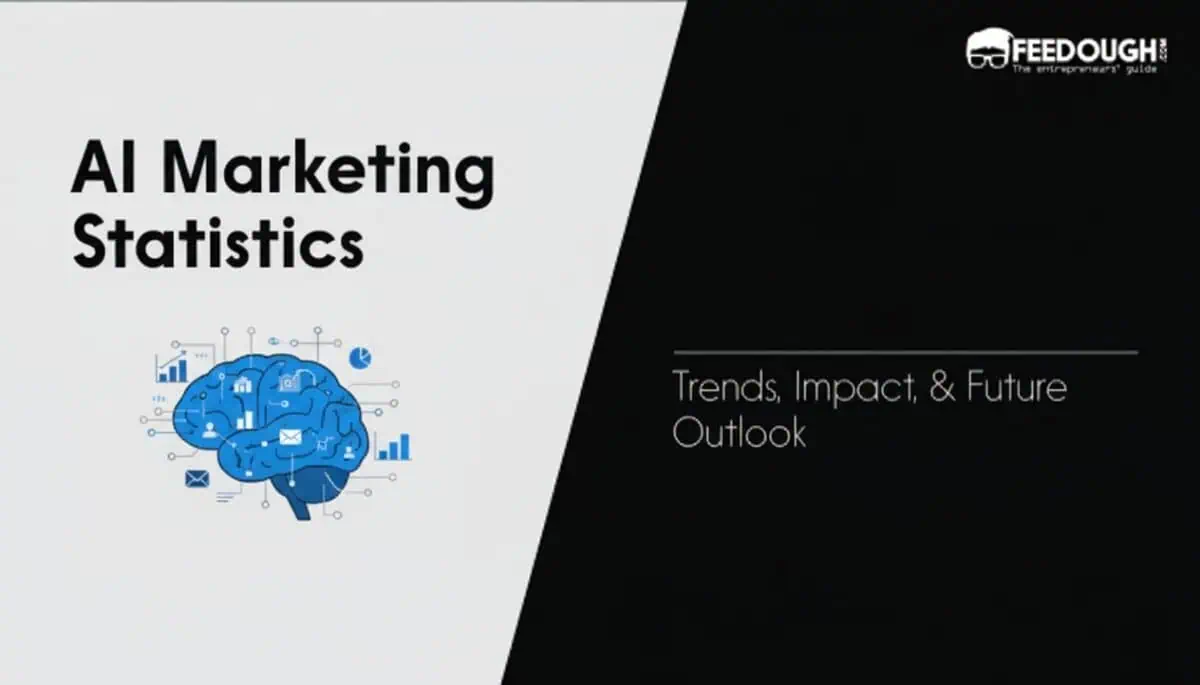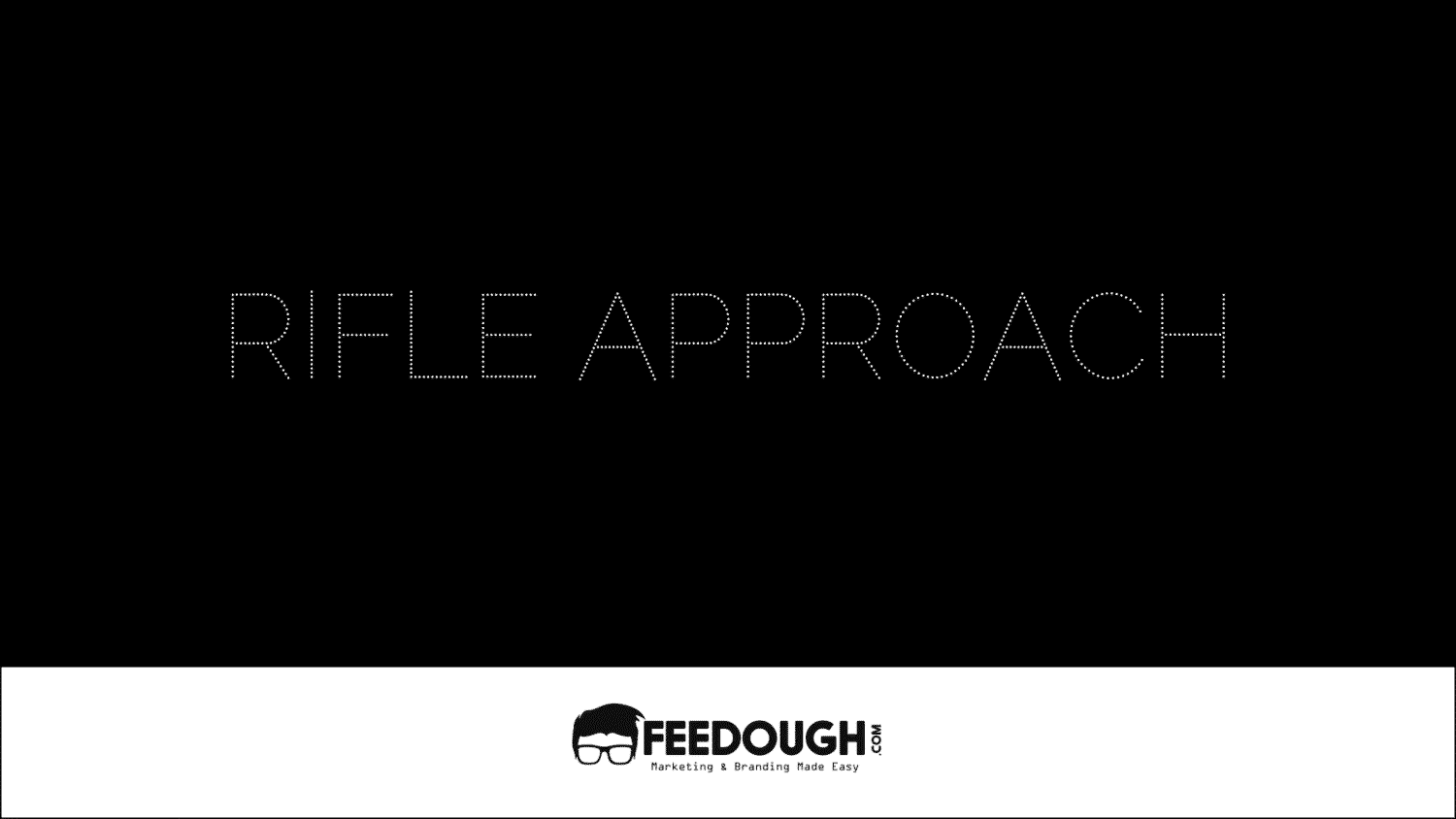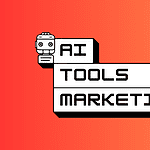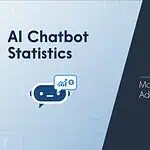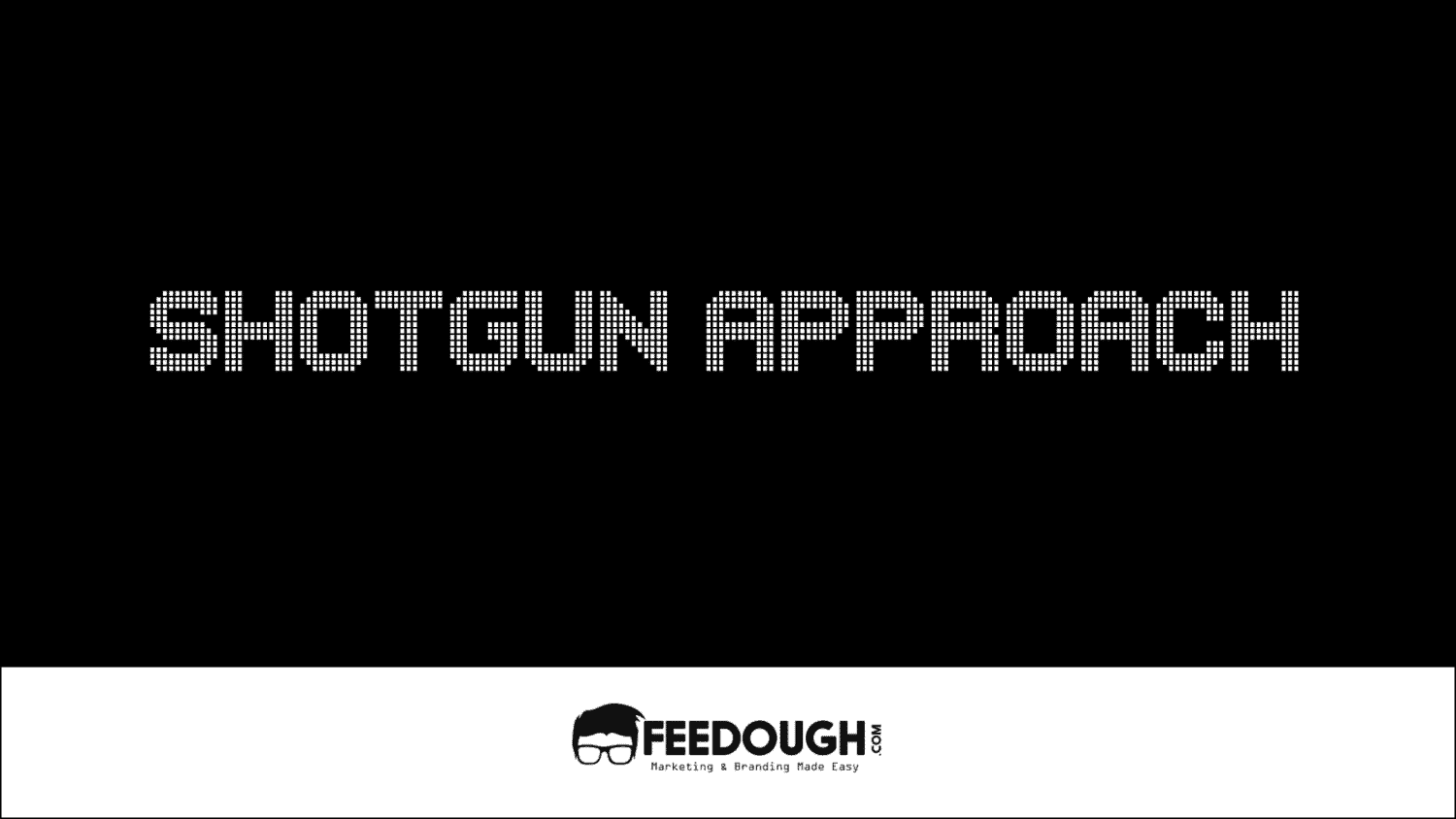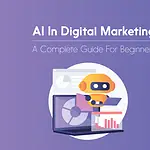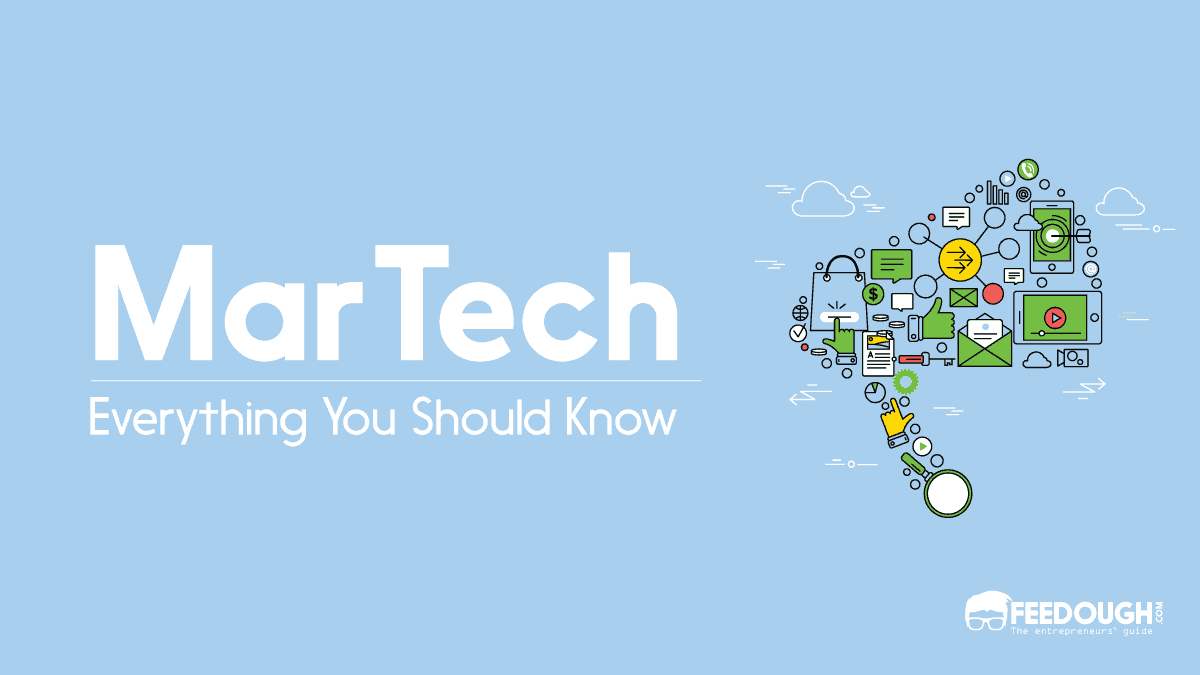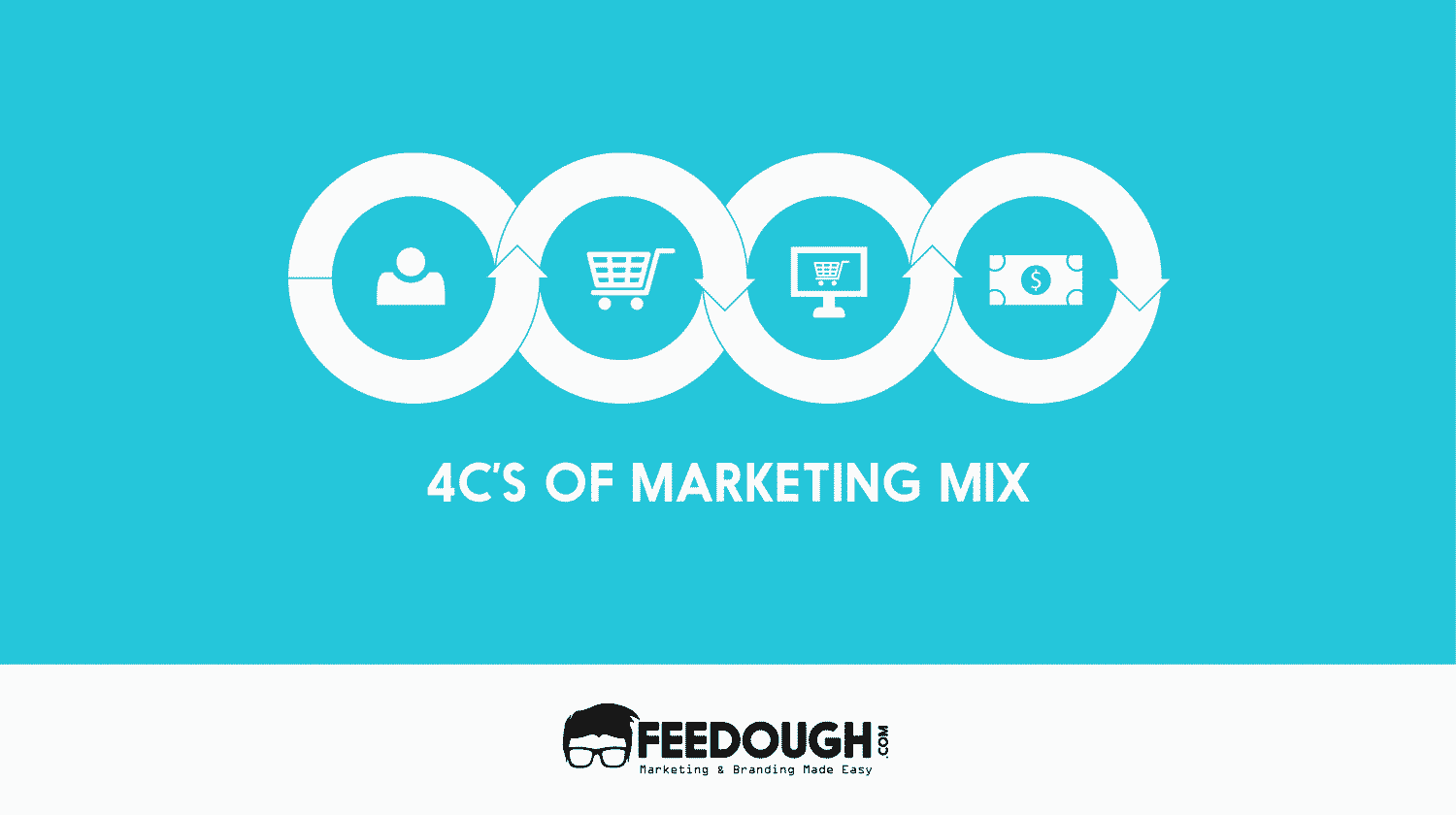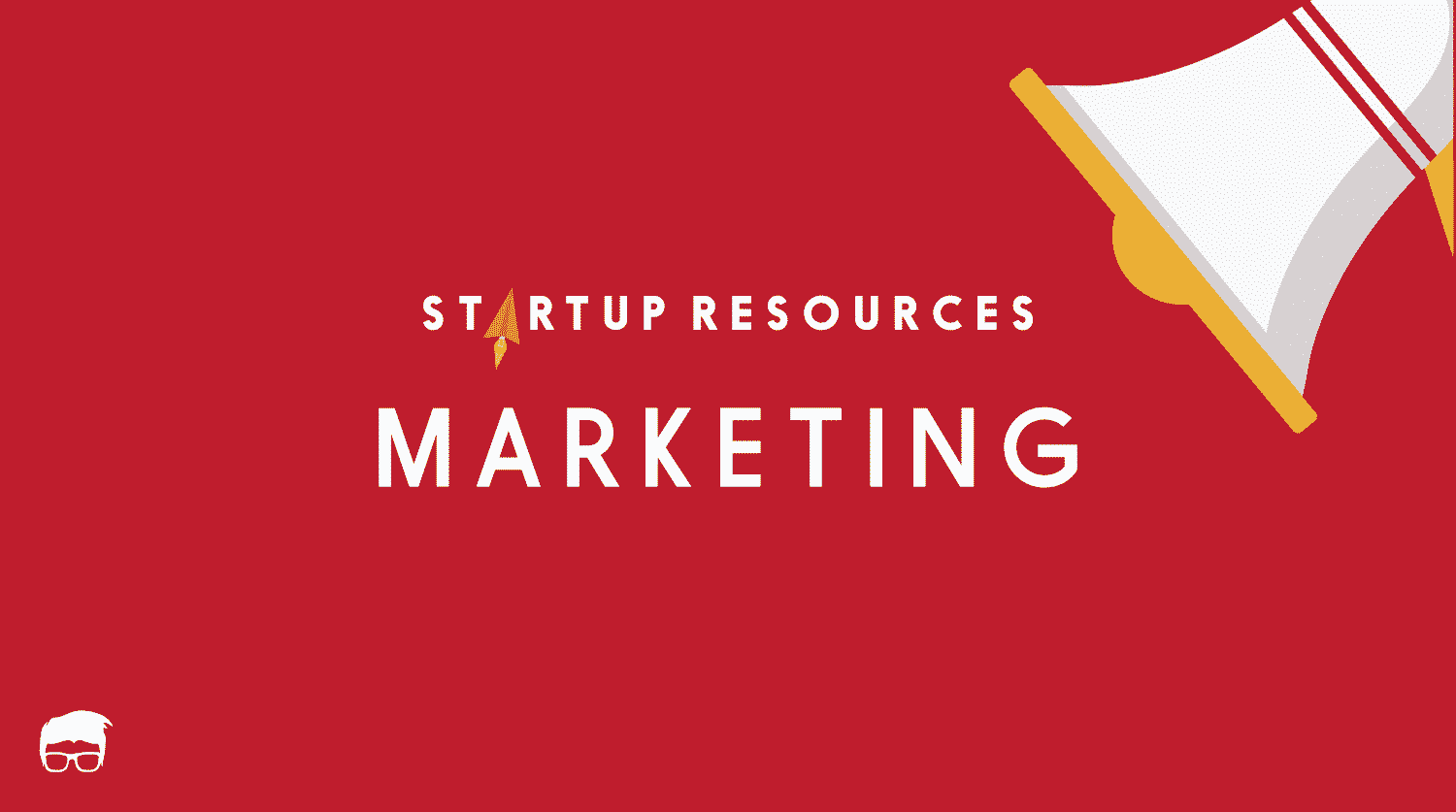What if you could predict which customers will buy before they even know it themselves? That’s exactly what leading marketers are doing right now with AI-powered strategies, and the results might surprise you.
Companies using AI-powered marketing strategies report 37% higher conversion rates compared to traditional methods. But here’s what’s really catching attention: AI isn’t just improving one area of marketing, it’s transforming everything from how brands analyse customer data to how they create personalised experiences at scale.
The shift is happening faster than most people realise. Marketing teams are using AI to automate repetitive tasks, generate content that actually converts, and deliver personalised messages to thousands of customers simultaneously. What used to take weeks of manual analysis now happens in real-time.
You’re about to see the specific numbers that show just how dramatically AI is changing marketing in 2025. These aren’t future predictions; they’re current statistics from companies already using AI to outperform their competition. The data reveals which AI applications are delivering the biggest wins and where smart marketers are focusing their efforts right now.
Key AI Marketing Statistics
The AI marketing industry is exploding. We’re looking at a market worth $47.3 billion in 2025, projected to hit $107.5 billion by 2028 – that’s a 36.6% compound annual growth rate. This isn’t gradual adoption. This is a rocket ship.
- 88% of marketers are already using AI tools
- 71% have jumped into generative AI specifically
- Only 38% have achieved full integration across their operations
- 10-20% higher marketing ROI across the board
- Companies see measurable improvements in campaign performance
- AI-driven personalisation creates deeper customer connections
72% of marketers use AI for content creation, and 93% report they’re generating content faster than ever before. The content bottleneck that used to slow down campaigns? AI just broke it wide open.
AI Marketing Adoption Rates and Implementation Statistics
While we know that 88% of marketers are using AI tools, the reality behind those numbers tells a more complex story. The gap between adoption and actual implementation is wider than you might think.

The Surface vs. Deep Integration Gap
Implementation challenges reveal that only 38% of organisations have achieved full AI integration across their marketing operations. That means most businesses are still experimenting rather than fully committing.
The numbers break down like this: 50% of businesses actively use AI in some capacity, while 29% are planning investments. But here’s the catch—only 42.2% have actually integrated generative AI into their active campaigns.
Size Matters in AI Adoption
Enterprise companies lead the pack with deeper implementation levels, followed by mid-market businesses scrambling to keep up. Small businesses? They’re often stuck in the testing phase, lacking the resources for full deployment.
What’s really telling is that less than 50% of AI projects reach full production. You’ll find most organisations using AI for content creation and basic customer service tasks, but fewer are tackling complex integrations across email marketing, social media management, and personalisation engines.
Geographic and Functional Patterns
Geographic adoption varies significantly, with North American and European markets showing higher integration rates. Functionally, content creation dominates usage patterns, but the sophisticated stuff—predictive analytics and automated campaign optimisation—remains largely experimental for most businesses.
The reality? Most marketers are still figuring out how to move from AI experimentation to meaningful business impact.

AI Marketing Use Cases and Application Statistics
Here’s where things get interesting. You know AI adoption is growing, but what exactly are marketers doing with these tools? The applications tell a fascinating story about how the industry is reshaping itself.
Content Creation Dominates the Landscape
Content creation leads the pack with 72% of marketers using AI for this purpose. That’s nearly three out of four professionals turning to artificial intelligence to help craft their messaging.
What makes this even more compelling? 93% of those using AI report generating content significantly faster than traditional methods. You’re not just talking about a slight improvement – this is a complete transformation of content workflows.

Customer Service Gets the AI Treatment
Customer service automation captures 65% of AI marketing applications. Chatbots, automated responses, and intelligent routing systems are becoming standard rather than experimental.
This shift makes sense when you consider the 24/7 nature of digital customer expectations. AI doesn’t take breaks or need coffee.
SEO and Testing Revolution
A substantial 78% of marketers are using AI for SEO optimisation and A/B testing. The tool’s ability to process massive datasets and identify patterns that human analysts might miss is changing how we approach search visibility and conversion optimisation.
Think about it – AI can analyse thousands of keyword variations, test multiple headline options, and optimise meta descriptions faster than any human team.
Beyond the Big Three
Email marketing personalisation is gaining serious traction. AI analyses subscriber behaviour, send times, and content preferences to craft campaigns that feel individually tailored.
Social media management is another growing application. From scheduling optimal post times to generating captions that match brand voice, AI is handling the repetitive tasks that used to eat up hours of human time.
Predictive analytics for customer behaviour and dynamic pricing strategies are also emerging as powerful use cases, particularly for e-commerce brands looking to maximise both conversion rates and profit margins.
AI Marketing Implementation Challenges and Barriers Statistics
While 88% of marketers have jumped on the AI bandwagon, the road to full implementation is riddled with obstacles that stop most teams in their tracks.
The biggest roadblock? Data integration challenges plague 62% of marketing teams. You know that feeling when your CRM doesn’t talk to your email platform, which doesn’t sync with your analytics dashboard? That’s exactly what’s happening on a massive scale with AI tools.
Think about it this way: your AI is only as smart as the data you feed it. If customer information lives in five different systems that can’t communicate, your AI marketing tool becomes like a chef trying to cook with ingredients scattered across different kitchens.
But data problems are just the tip of the iceberg. A staggering 70% of organisations point to a lack of technical expertise as their primary barrier. This isn’t surprising when you consider that AI marketing requires skills that didn’t exist in most marketing departments five years ago.

The skills gap runs deeper than you might expect. Teams need people who understand both marketing strategy and technical implementation. Finding someone who can optimise a customer journey AND troubleshoot machine learning algorithms? That’s like finding a unicorn in your local coffee shop.
These challenges explain the gap between adoption enthusiasm and actual results. While companies rush to implement AI solutions, many find themselves stuck in pilot phases or dealing with underperforming systems. The technology is there, but the infrastructure and expertise often aren’t.
What makes this particularly challenging is that these barriers compound each other. Poor data integration makes it harder to demonstrate ROI, which makes it tougher to justify hiring technical talent or investing in better systems.
Future of AI in Marketing: Growth Projections and Trends

The numbers tell a compelling story about where AI marketing is heading. The market’s projected growth from $47.3 billion to $107.5 billion by 2028 represents a 36.6% compound annual growth rate that signals more than just expansion—it shows transformation at scale.
What makes this growth particularly interesting is how it aligns with broader AI adoption patterns. With global AI implementation expanding at 35.9% annually through 2030, marketing isn’t just riding a wave—it’s becoming the testing ground for artificial intelligence applications.
You’re seeing this play out in emerging trends that go beyond basic automation. Predictive customer journey mapping is becoming standard practice. Real-time sentiment analysis is shifting from luxury to necessity. And conversational AI is evolving from simple chatbots to sophisticated brand ambassadors.
Consumer acceptance is driving much of this momentum. People are increasingly comfortable with AI-powered recommendations, personalised content, and automated interactions when they deliver genuine value. The resistance you might have expected simply isn’t materialising at the anticipated scale.
For marketing professionals, this creates both opportunity and urgency. The skill gap between AI-literate marketers and traditional practitioners is widening rapidly. Companies that integrate AI strategies now are positioning themselves advantageously for the next decade of growth.
The question isn’t whether AI will reshape marketing further—it’s how quickly you’ll adapt to leverage these expanding capabilities.
What These Statistics Mean for Your Marketing Strategy
Here’s what you need to know: the gap between AI adoption and meaningful integration reveals your biggest opportunity. While most businesses have started their AI journey, the majority are still scratching the surface of what’s possible.
If you’re a small business, start with content creation tools. They require minimal technical expertise and deliver immediate value. You don’t need to tackle everything at once – focus on one area where AI can solve a specific problem you’re facing right now.
For larger organisations, the technical expertise gap should be your priority. The businesses pulling ahead aren’t necessarily the ones with the biggest budgets – they’re the ones investing in training and proper data integration. That’s your competitive advantage waiting to be claimed.
The thing is, this 35% annual growth isn’t slowing down. The companies that figure out full integration now will have a massive head start over those still dabbling with basic tools in two years.
Your next step? Pick one marketing process that’s eating up too much of your time. Research AI tools specifically designed for that challenge. Start small, measure results, then expand. The statistics show that businesses succeeding with AI aren’t the ones trying to revolutionise everything overnight – they’re the ones taking strategic, measured steps forward.
The market is moving. The question isn’t whether you should adopt AI marketing tools. It’s whether you’ll be leading or following when the dust settles.
A startup consultant, digital marketer, traveller, and philomath. Aashish has worked with over 20 startups and successfully helped them ideate, raise money, and succeed. When not working, he can be found hiking, camping, and stargazing.
